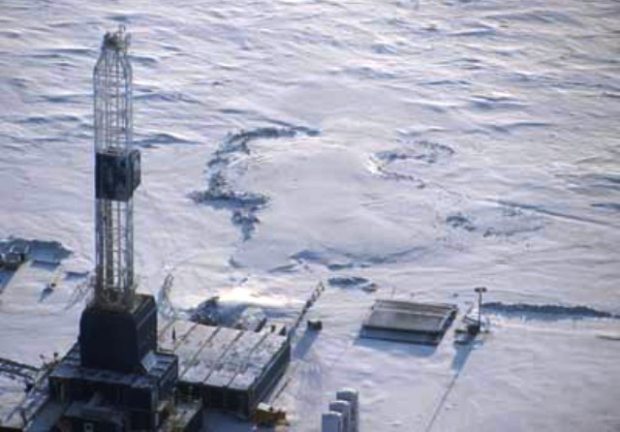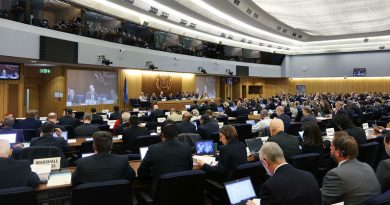Second Repsol spill in North Alaska

Spanish oil major Repsol reported its second North Slope spill in two winters, after a hose ruptured during a flow test of an exploratory well early Tuesday morning, spilling an estimated 6,600 gallons of a mixture containing crude oil and other fluids, according to state environmental regulators.
The so-called Qugruk 6 well was shut-in following the 2:30 a.m. spill, said a report from the Department of Environmental Conservation, relying on information from Repsol.
“It wasn’t a big event,” said Cathy Foerster, a state oil and gas commissioner. “They had a hose rupture. How many times have you watered your garden and had a leak in your hose? It wasn’t catastrophic and it ruptured into containment, except a little bit that sprayed into snow. That’s what shovels are for.”
Repsol spending billions on drilling
The Alaska Oil and Gas Conservation Commission does not have regulatory authority because the spill did not result from a loss of well control. Repsol called the commission to let officials know what happened, said Foerster.
DEC has regulatory authority over the spill.
Repsol, with leases on the North Slope and the Arctic Ocean off Alaska, has proposed spending billions of dollars in Alaska as part of a long-term drilling program.
The spill occurred on the Colville River Delta 18 miles northeast of the village of Nuiqsut, the same area where Repsol suffered a blowout that spewed natural gas and drilling mud during the company’s first drilling season in Alaska last winter.
Repsol contractor Weatherford International was conducting the flow-back test when the transfer hose — connecting the well to a 17,600-gallon storage tank — failed. The rupture occurred when the “hose was under pressure causing the oil to spray out onto snow-covered tundra,” noted the report, issued Tuesday afternoon.
In addition to crude oil, the fluid mixture included fluids, diesel and water.
There have not been any reports of impact to wildlife, and the company will develop a wildlife hazing plan to keep animals away from the spill.
“Additional product was released when the fluids in the storage tank drained back through the ruptured hose. The majority of the product was contained within the secondary containment area, and a light to moderate mist over two-thirds of an acre of snow-covered tundra has been reported by Repsol,” the report said.
Repsol has removed most of the oil from the secondary containment area using an on-site vacuum truck. Response crews will continue 24-hour operations, the statement said.
The Environmental Conservation Department will send a representative to the site on Wednesday to develop cleanup plans.
Worse spill last winter
Madrid-based Repsol got a rude introduction to Alaska last winter. The company suffered a blowout during exploratory drilling after its contractor, Nabors Drilling, hit a gas pocket 2,500 feet down at a nearby well known as Qugruk 2, spewing an undetermined amount of natural gas, water and more than 100,000 gallons of drilling mud — a mixture of water and lubricant that helps clear the hole of debris — onto the snow.
Severe cold caused response efforts at that well to drag on for weeks. Also, the Alaska Oil and Gas Conservation Commission revoked permits for two other Repsol wells, requiring that they reassess the potential for gas hazards following the blowout at Qugruk 2.
Today, spring daytime temperatures in the area are minus 10 with winds up to 10 mph.
The blowout was an important learning experience, Foerster said. The AOGC now requires that operators use stricter controls on wells — blowout preventers instead of diverters — when they plan to drill at similar depths in that area.
“It appears there’s a trend of gas pockets that may or may not be discernible on seismic tests that appear at certain depths,” she said.
Contact Alex DeMarban at alex(at)alaskadispatch.com



